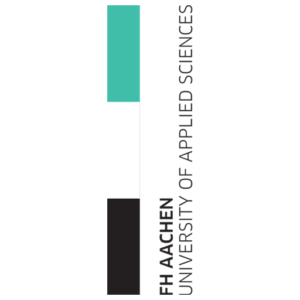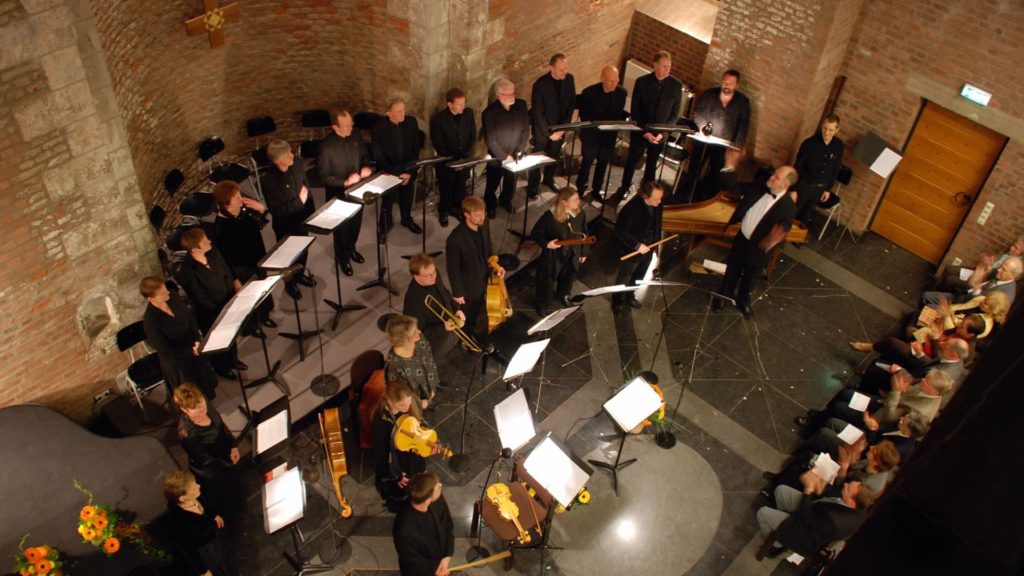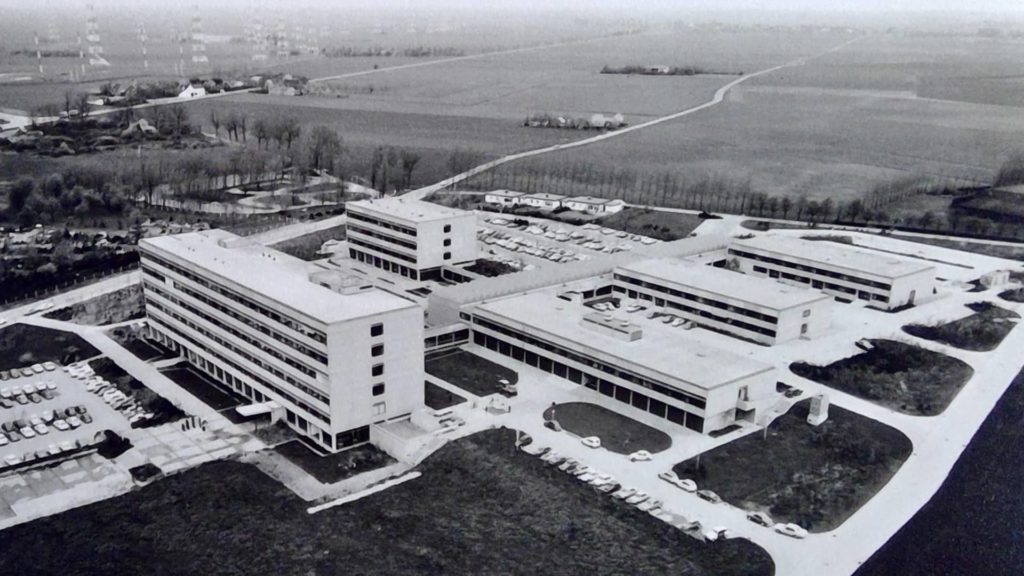A great example of connected science and interconnected research institutions is the research aircraft HALO. It will take off in the summer for knowledge gain in earth remote sensing, atmospheric physics, and climate change.
HALO is operated by the German Aerospace Center.
The research campaign PHILEAS investigates how heavily polluted air masses from Southeast Asia spread into the lower stratosphere over Europe. The Jülich Research Center and Mainz University of Gutenberg are involved in this study.
Essential trace gas measurements are provided by the DLR Institute for Atmospheric Physics, which is involved in PHILEAS with two instruments.
Background: The Asian summer monsoon influences the distribution of aerosols and greenhouse gases across the entire Northern Hemisphere. Through its large-scale convection, it transports air from the polluted near-surface boundary layer in Southeast Asia up to about 16 kilometers in height. There, the polluted air masses accumulate in a vast high-pressure area known as the monsoon anticyclone. This anticyclone temporarily extends from the Arabian Peninsula to the Asian Pacific coast. From the western and eastern edges of the anticyclone, the polluted air masses are transported to higher latitudes into the stratosphere. This export of air masses affects the global climate and is therefore the focus of the PHILEAS measurements.
















